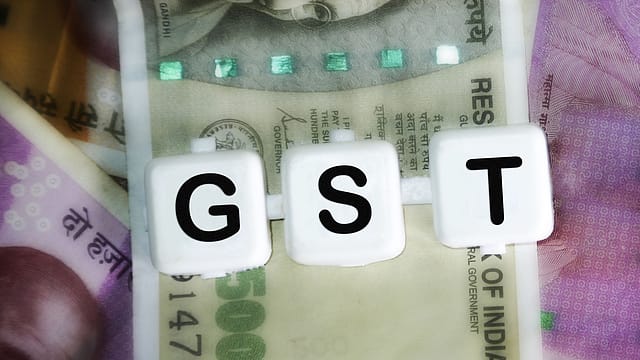GST rate cut to stoke revenues, states to remain net gainers: SBI Research
ADVERTISEMENT

The Goods and Services Tax (GST) rate rationalisation is expected to enhance revenue collections, while state governments may remain net gainers from the tax cut move, said SBI Research in a note before the two-day GST Council meeting beginning tomorrow.
“The rate rationalisation is likely to result in stronger revenue collections validated by historical trends with the institutional framework of fiscal federalism embedded in the Constitution guarantees status quo in state finances through revenue and tax devolution,” said the note.
“We estimate that in FY26 as well, states will remain net gainers from GST collections, even under the proposed rate rationalization. This is because of the unique revenue-sharing architecture of the tax. First, GST is shared equally between the centre and the states, with each receiving 50% of the collections. Second, under the mechanism of tax devolution, 41% of the Centre’s share flows back to the states,” SBI Research said.
The central government had proposed GST rate structure comprising only two standard rates - 5% and 18% - and an additional 40% slab for the sin goods, which will have only five to seven items. Currently, the applicable GST rates are nil, 5%, 12%, 18% and 28%.
“At the time of launch of the GST regime, the states were assured that a 14% increase in their annual revenue for five years of the transition period from July 1, 2017 to June 30, 2022 will be protected and also guaranteed that their revenue shortfall, if any, would be made good through a compensation cess levied on luxury goods and sin products such as liquor, cigarettes, other tobacco products, aerated water, automobiles, and coal,” SBI Research pointed out.
December 2025
The annual Fortune 500 India list, the definitive compendium of corporate performance, is out. This year, the cumulative revenue of the Fortune 500 India companies has breached $2 trillion for the first time. Plus, find out which are the Best B-schools in India.
“As decided by the GST Council, states have been provided a total compensation of ₹9.14 lakh crore as compensation for protecting their tax revenues post implementation of GST for the entire transition period of five years. This amount was almost ₹63,265 crore (at an aggregate basis) more than the projected amount that states were expected to get from their assured 14% increase,” it added.
It may be noted that during Covid, the central government borrowed a sum of ₹2.69 lakh crore – spread over two tranches in FY21 and FY22 - and released it to the states to fill the gap between the protected revenue and actual revenue.
